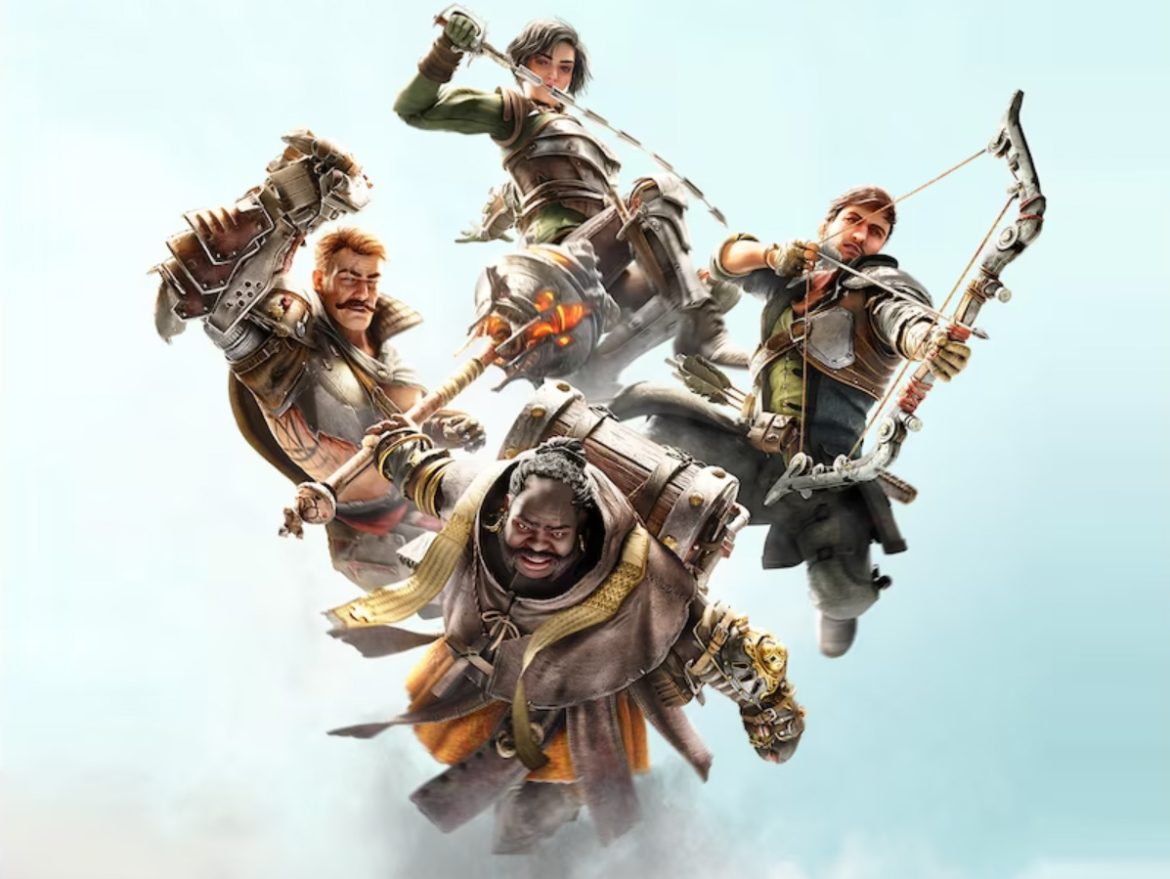TL;DR
Gangs of Sherwood twists the Robin Hood legend into a steampunk adventure where you battle the Sheriff's airship-borne forces. Play solo or team up with up to three friends as Robin, Marian, Friar Tuck, or Little John, each with unique skills. While the linear design and basic enemy AI can get repetitive solo, the game truly shines in cooperative play with smooth performance and a great soundtrack. However, a lack of Y-axis inversion and small menu text can be frustrating. If you're looking for a fun co-op beat-'em-up with a unique theme, this steampunk take on Sherwood might be for you. Dive into the full review to see if it hits the mark!
Gangs of Sherwood reimagines the legend of Robin Hood within a steampunk setting. The tyrannical Sheriff of Nottingham inflicts suffering upon the villagers, leaving their salvation to Robin Hood and his band of outlaws from Sherwood Forest. However, Nottingham’s forces have evolved; his castle is now a formidable airship, and his soldiers are equipped with advanced weaponry, necessitating strategic equipment upgrades for players to succeed. This title can be experienced solo or cooperatively with up to four players, allowing you to assume the roles of Robin Hood, Marian, Friar Tuck, or Little John. Each character boasts unique strengths and abilities, and players can strategically switch between them between missions.
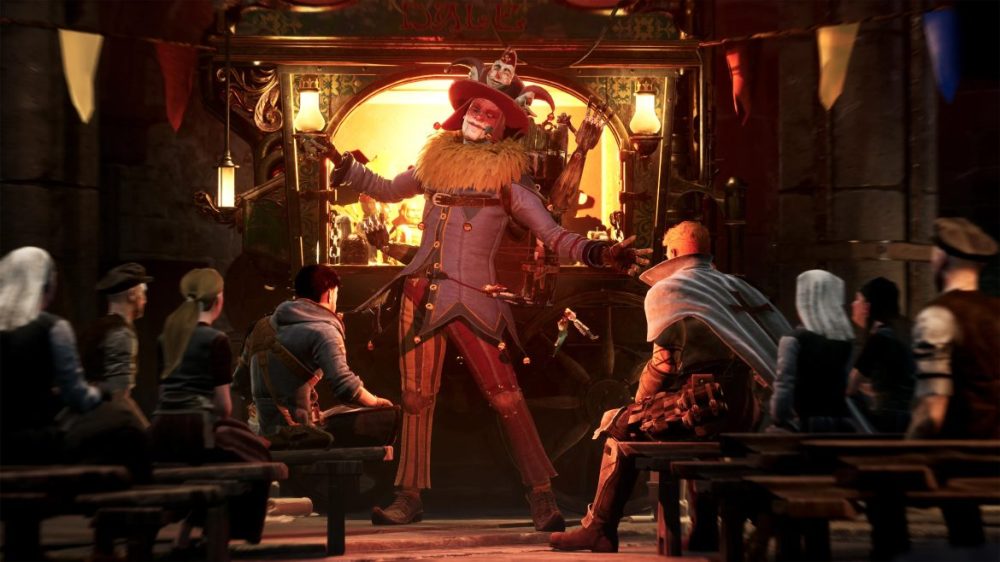
Like many, my introduction to Robin Hood was through the 1973 Disney animated film. Subsequently, viewing Robin and Marian at a young age left me disappointed by the departure from the anthropomorphic fox portrayal. Countless interpretations of the Robin Hood narrative have emerged both before and after. My personal favorite remains the 1991 rendition starring Kevin Costner. Therefore, the premise of a steampunk-infused Robin Hood piqued my interest.
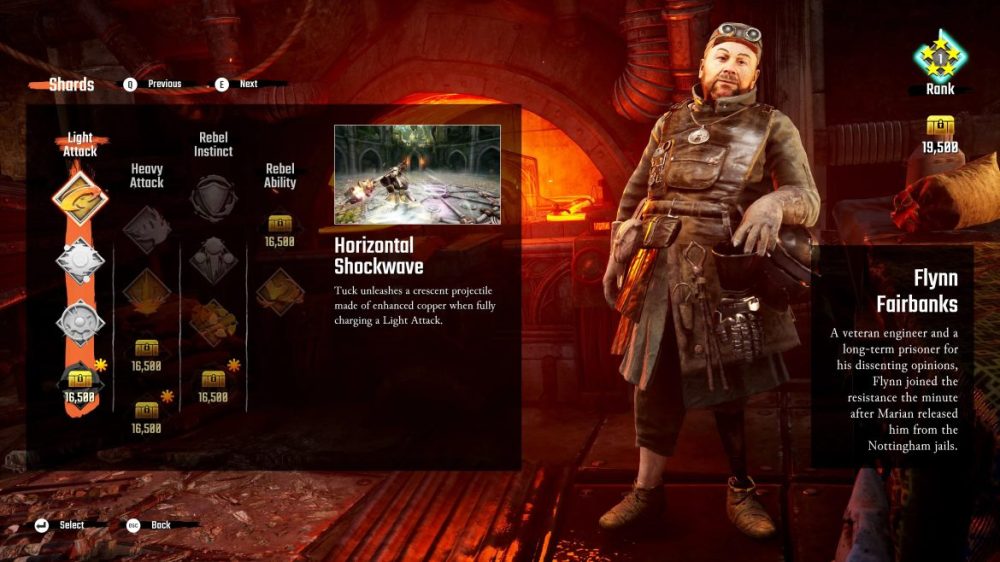
Gangs of Sherwood employs a linear, corridor game design. Level design offers minimal variation, often presenting players with a choice between upper and lower paths that ultimately converge. Enemies appear in large numbers, but their AI is simplistic, often resulting in stationary targets. Solo play can become repetitive due to this design, a common characteristic of the genre.
Upon engaging in online cooperative play with my colleague Cenny Bjurvén, the game’s potential was truly realized. Gangs of Sherwood excels in its cooperative mode, offering significant enjoyment in battling hordes of enemies with a teammate.

Cenny’s impressions of the game, with which I concur, are as follows:
“The game exhibits smooth performance, free of stuttering or lag during gameplay and cutscenes. The soundtrack is commendable. Gameplay mechanics are relatively straightforward, potentially appealing to a broad audience. While the graphics are not aiming for realism, the environments are visually appealing and well-designed.”
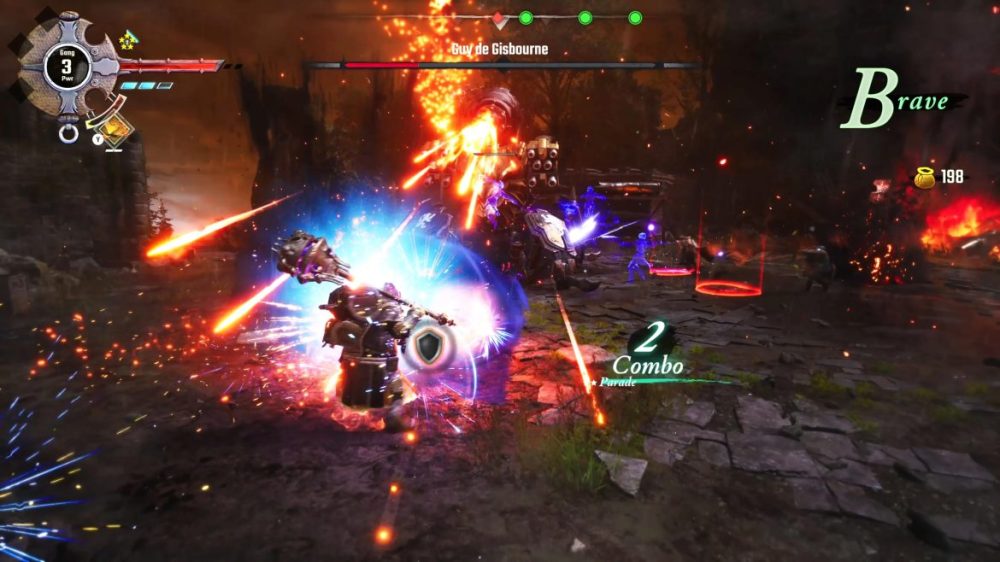
Cenny and I also share similar criticisms of the game:
“A minor drawback is the lack of mouth animations for NPCs during cutscenes. A more significant issue is the absence of an option to invert the Y-axis. Furthermore, the repetitive nature inherent in corridor-style games may lead to monotony over time.”
The inability to invert the Y-axis presented a more substantial issue for me than for Cenny, as I am accustomed to controller configurations that utilize this setting. Over 25 years of established muscle memory is difficult to overcome due to the developers’ oversight in omitting this option, constituting a significant negative aspect for me personally.
Another point of concern shared between my colleague and myself is the diminutive size of graphical elements within certain menus. Despite playing on Xbox Series X consoles connected to large Panasonic OLED displays, we experienced difficulty discerning button prompts and trigger assignments. This scaling issue is perplexing and would likely be exacerbated on smaller displays.
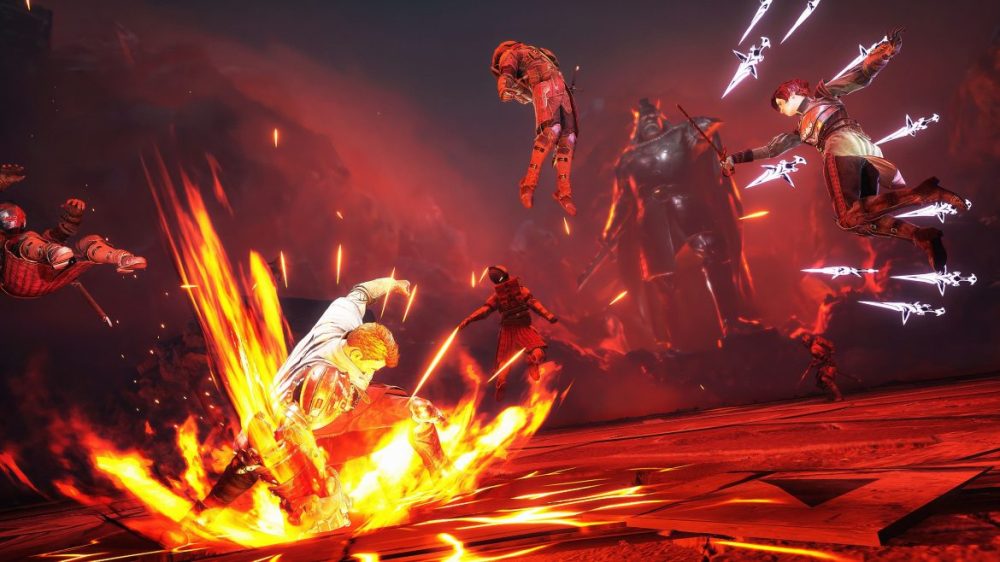
In conclusion, Gangs of Sherwood delivers an enjoyable and engaging experience when played cooperatively, with solo play offering a decent alternative, albeit one that may become repetitive. The environments are visually appealing, but the animations, particularly the lack of facial animation, detract from the overall polish.
To summarize, and quoting Cenny: “Overall, it’s very entertaining!”.
Nacon provided a review code for this evaluation. The provision of materials does not influence our editorial objectivity.
